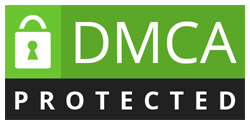Amortization of intangible property ( Simple Quick Loan)
Amortization of intangible property
In accounting, amortization describes expensing the acquisition price minus
the residual worth of intangible assets (often rational property such
as patents and trademarks or copyrights) inside a systematic manner over their own
estimated useful economic lives in order to reflect their consumption, expiration,
obsolescence or other decline in value due to use or the passing of
time.
A related concept for tangible property is depreciation. Methodologies
for allocating amortization in order to each accounting period are usually the
same as with regard to depreciation. However, many intangible assets for example goodwill
or certain brands may be deemed to have indefinite useful life and therefore are
therefore not subject in order to amortization (although goodwill is put through an
impairment test each and every year).
Amortization is recorded within the financial statements of an entity like a
reduction in the carrying value from the intangible asset in the total amount
sheet and as a cost in the income declaration.
Under International Financial Confirming Standards, guidance on sales
for the amortization associated with intangible assets is found in IAS 38. ² Below
United States generally recognized accounting principles (GAAP), the main
guidance is contained within FAS 142. ³
While theoretically amortization can be used to account for the actual decreasing
value of a good intangible asset over it's useful life, in exercise, many
companies will "amortize" exactly what would otherwise be one-time costs by
listing them like a capital expense on the money flow statement and paying down
the cost through amortization, thereby improving the business's net income
in the fiscal year or quarter from the expense. ⁴.


























No comments